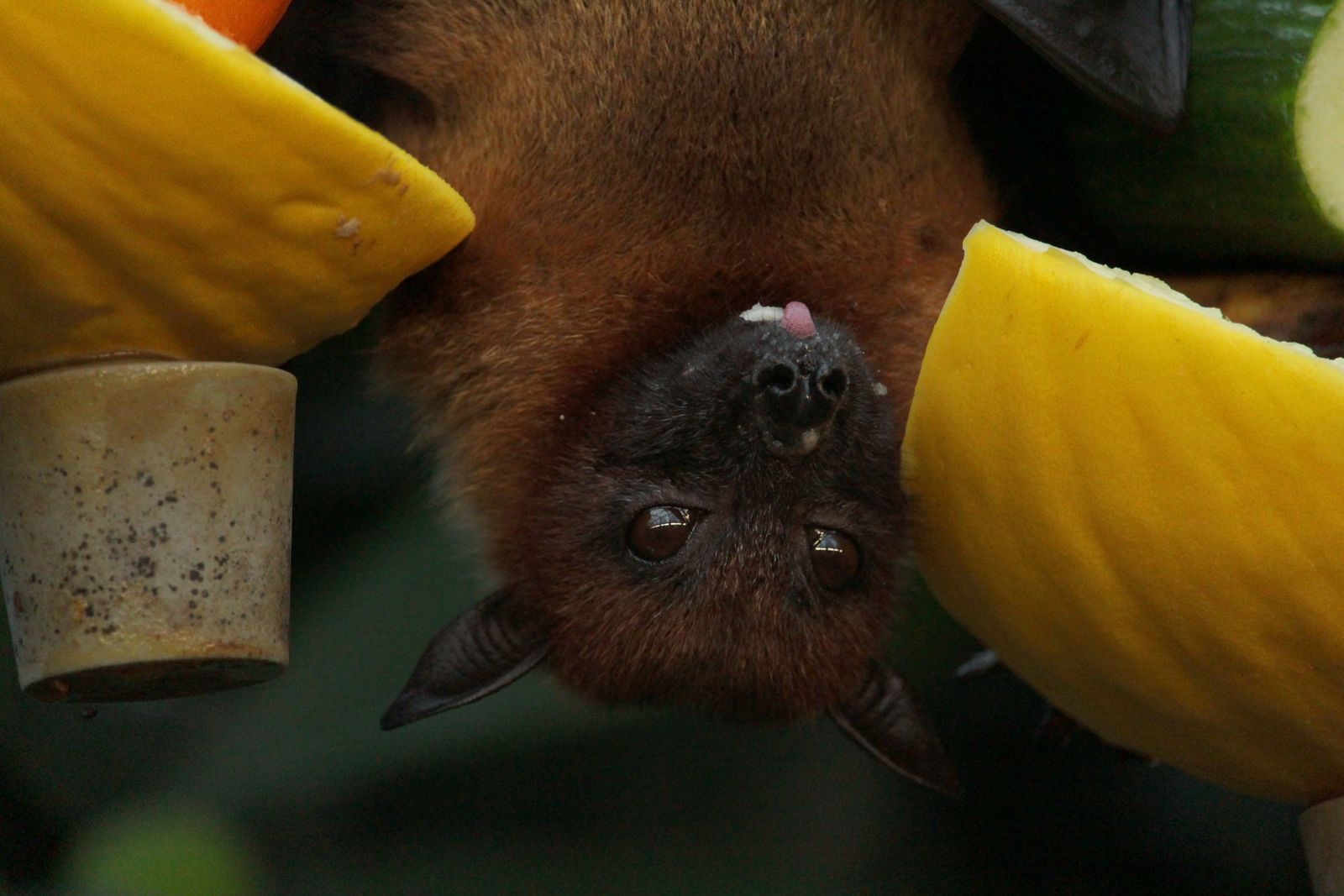The EOHU has detected a steady increase in bats afflicted with rabies over the past two years and is reminding residents of the dangers of the disease. The EOHU has sent a release informing the public of how to protect themselves, and what to do in the event of a possible exposure.



